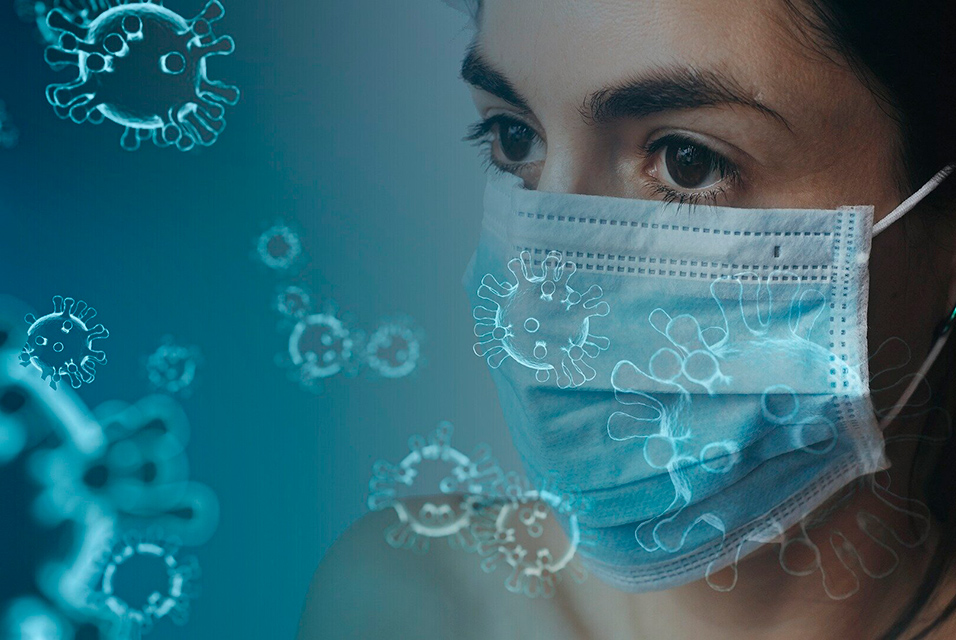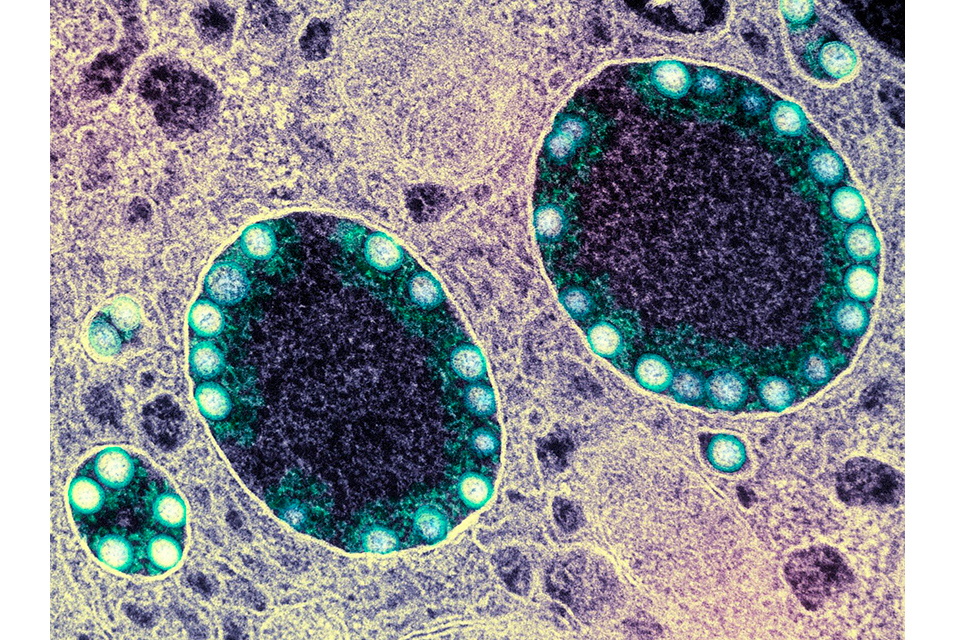GOTHENBURG.- An international research team from universities including
Chalmers University of Technology, Sweden, the University of Padua and the University of Udine in Italy, and the University of Vienna, Austria, has developed a new theoretical model to better assess the risks of spreading viruses such as COVID-19—with and without a face mask. The results show how the standard 'safe' distance of two meters does not always apply but varies greatly depending on a range of environmental factors, and that face masks can indeed play a crucial role.
The current recommendations and understanding around the transmission of respiratory infectious diseases are often based on a diagram developed by the American scientist William Firth Wells in 1934. But this model is very simplified and does not account for the true complexity of transmission.
Now, in the new study "Modelling the direct virus exposure risk associated with respiratory events," the researchers developed a more advanced model to show that it is possible to more efficiently calculate the direct risk of spreading COVID infection by including a number of factors, such as interpersonal distance, temperature, humidity levels, viral load and type of exhalation. They also managed to demonstrate how these risks change with and without a face mask.
The study revealed, for example, that a person talking without a face mask can spread infected droplets one meter away. Should the same person cough, the drops can be spread up to three meters and if the person sneezes, the spread distance can be up to seven meters. But using a face mask, the risk of spreading the infection decreases significantly.
"If you wear a surgical mask or an FFP2 mask, the risk of infection is reduced to such an extent that it is practically negligible—even if you're only standing one meter away from an infected person," explains Gaetano Sardina, Associate Professor of Fluid Mechanics at the Department of Mechanics and Maritime Sciences at Chalmers University of Technology, who is one of the researchers behind the study.
In the study, published in the Journal of the Royal Society Interface, the researchers tested the new model using data from recent numerical experiments on droplet emissions. This allowed them to take several factors into account and quantify the risk of infection, with and without a face mask.
Size a factor in droplet behavior
Viruses, such as SARS-COV-2, are spread from an infected individual to other susceptible individuals through virus-filled droplets that are released when talking, coughing, or sneezing. Droplets emitted from the salivary glands are sprayed out through the exhaled air. Once out of the mouth, these drops can either evaporate, settle or remain floating. Larger and heavier droplets tend to fall in a ballistic motion before evaporating, while smaller droplets behave like aerosols that spray and remain airborne.
The results show that a surgical face mask and, to an even greater extent, an FFP2 mask provide excellent protection that significantly reduces the risk of infection. Provided that the face mask is worn correctly, the risk of infection is negligible even at distances as short as one meter, regardless of environmental conditions and if the person is talking, coughing or sneezing.
Next step: A study on airborne spread
With this study complete, the research team is now already working on a new study aiming to explore the airborne spread of the disease.
"The published study addresses direct droplet transmission of COVID—another important transmission path is the indirect and airborne route in poorly ventilated rooms. We are currently working on this aspect and our preliminary results show the effectiveness of face masks inalso preventing the airborne spread of the disease," says Gaetano Sardina.
The study, "Modelling the direct virus exposure risk associated with respiratory events," is published in the Journal of the Royal Society Interface.










